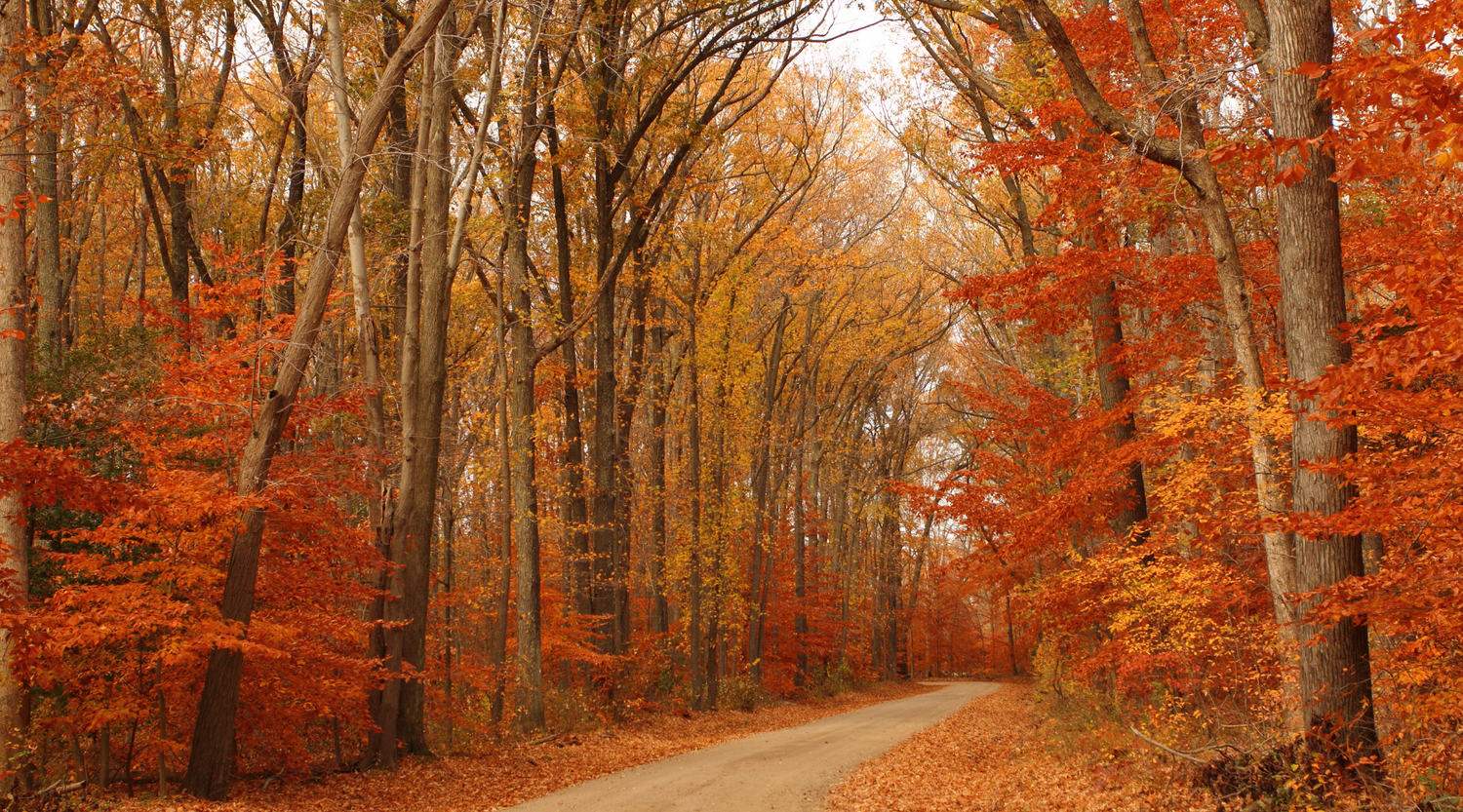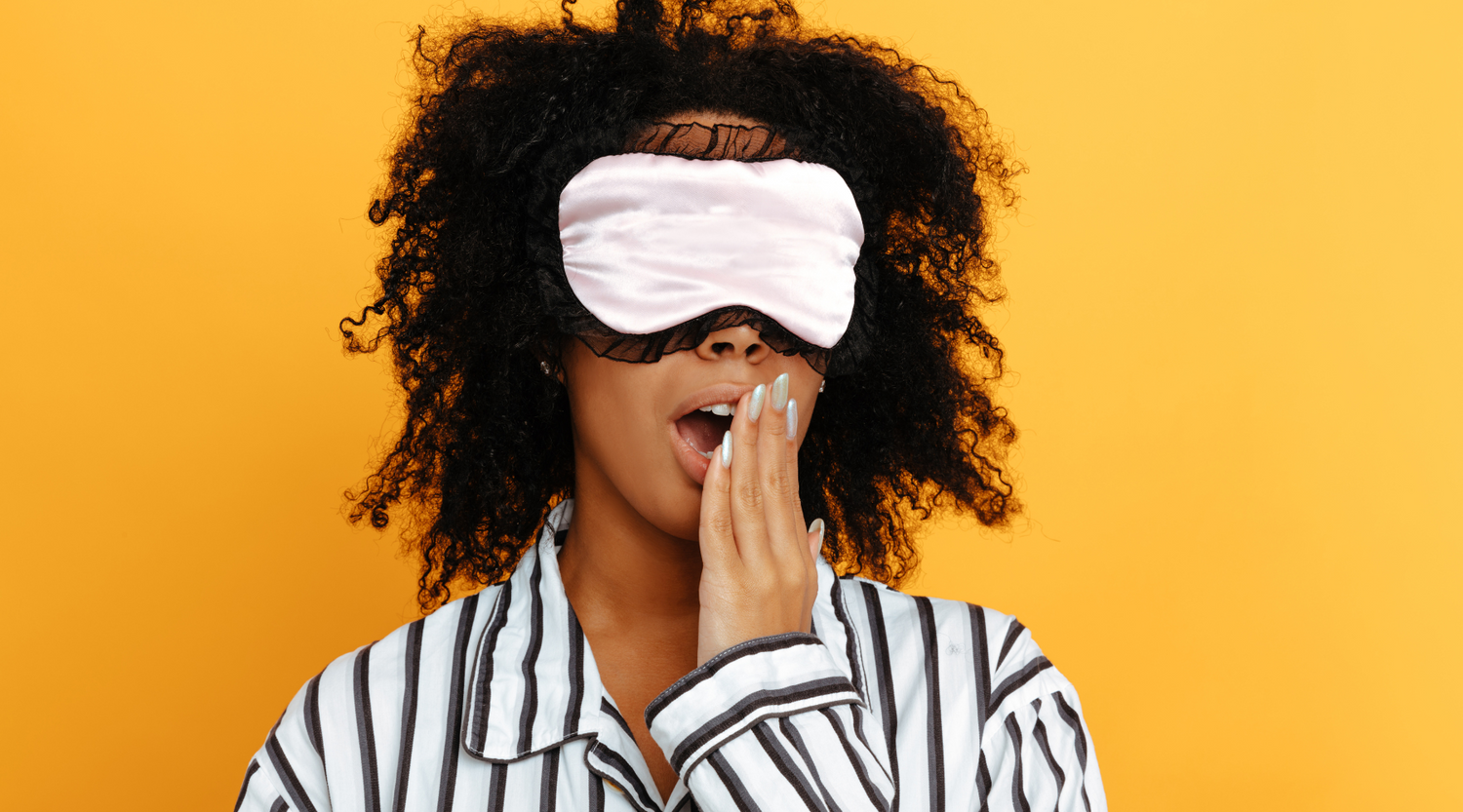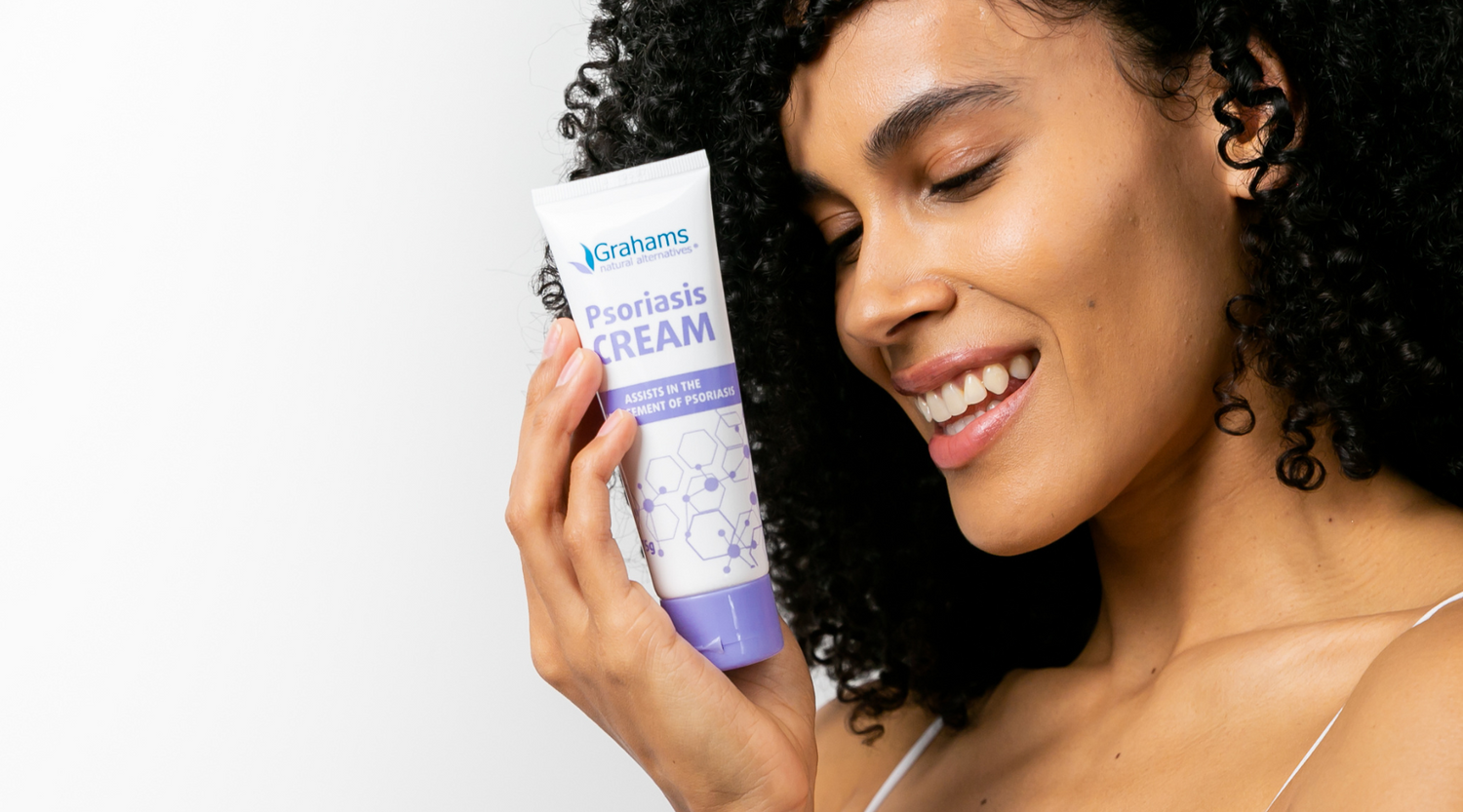The sad truth: most of the skincare advice out there on the internet targets women, so if you’re new to managing your rosacea you might not know where to start. But no need to worry, we’ve got you covered.
What is rosacea?
Rosacea is one of the most common skin problems today. A chronic, inflammatory skin condition that affects the blood vessels, Rosacea most commonly occurs on the face and appears in the form of reddened skin. Rosacea is often confused with acne, eczema or a skin allergy. When left untreated, it can worsen over time, so it’s important to seek diagnosis if you suspect you may have rosacea.
Symptoms
There are a range of symptoms of this skin disorder, the most common being the altering of skin colour. Typically skin will appear red and while it can occur anywhere, it’s most commonly found on the forehead, nose and cheeks. In addition to red patches, people with rosacea may also experience flushed skin on the neck, chest, scalp and ears.
Rosacea diagnosis
Rosacea is diagnosed by physical examination and medical history. The skin condition is common among fair-skinned people, those who blush easily, have sun-damaged skin or are related to rosacea sufferers. The condition tends to come and go.
While rosacea affects more women than men, rosacea symptoms in men are usually more severe. According to Daniel Bach, M.D., a dermatologist at UCLA Medical Center in Los Angeles, “men tend to tolerate rosacea a little more, so often go undiagnosed or untreated, whether that is more societal or just the nature of the disease. Many just live with [the symptoms].”
Rosacea tends to manifest differently depending on gender, with men being more likely to experience rhinophyma.
What’s rhinophyma?

Rhinophyma is a later-stage type of rosacea characterized by a large, red, bumpy or bulbous nose. In the past, doctors believed the condition was a result of excessive drinking, but this was proven to be wrong. According to the National Institutes of Health (NIH), drinkers and non-drinkers alike get rhinophyma at the same rates.
Early signs of rhinophyma are any typical signs of rosacea (like redness and bumps), as well as thickening of the skin around the nose or chin area.
Skincare tips for male rosacea
While there is no known cure for rosacea, there are a few things people can do to try and prevent a flare up of the condition.
Modify your skin care routine
Try using gentler products, specifically designed for rosacea-prone skin. We’ve developed a naturally formulated Rosacea Cream that has been scientifically formulated to treat and manage rosacea. Designed to reduce inflammation and hydrate the skin, this cream can reduce redness and soothe sensitive skin.
For best results, use the Rosacea Cream in combination with the Anti-Redness Wash. This gentle wash calms redness and irritation while preserving skin’s moisture balance, with added green tea, aloe vera and cucumber.

SPF every single day
Sun exposure is a common trigger of rosacea flare ups. “Compared to women, men are much less likely to use sunscreen, so picking ones that are easiest to use to make it less big of a deal is key,” says Dr. Bach. “There are many more products that are designed to be gentle for men nowadays or easier-to-apply sunscreens to reduce the barrier in wanting to use them,” Dr. Bach says.
Looking for a rosacea-friendly sunscreen that ticks all the boxes of a good sunscreen? SunClear Natural SPF40 Sunscreen is a mineral sunscreen containing zinc oxide. It’s formulated for all skin types, including those with rosacea-prone skin and it is suitable for all ages. It’s 2 hours water resistant, reef friendly, vegan and cruelty free, and it rubs in clear (no whitecast!).
Shaving tips
Here’s some helpful shaving tips for rosacea patients.
- Consider using an electric razor to avoid the irritation of a dull razor blade
- Don’t rush! Set aside enough time to shave. Rushing could lead to mistakes, cuts, and further skin irritation.
- If you prefer to use a disposable razor, make sure to switch blades after shaving five or six times. This will ensure the closest shave and minimal irritation.
- Before you shave, clean and moisturise your skin. If you don't want to moisturise your skin, gently clean your face with warm water. Lather well with shaving cream or gel and let it solidify for a minute or two before shaving. Keep skin warm and moisturised while shaving, and always shave in the direction hair grows.
- After shaving, wash your face with tepid water and apply a balm or moisturiser.





